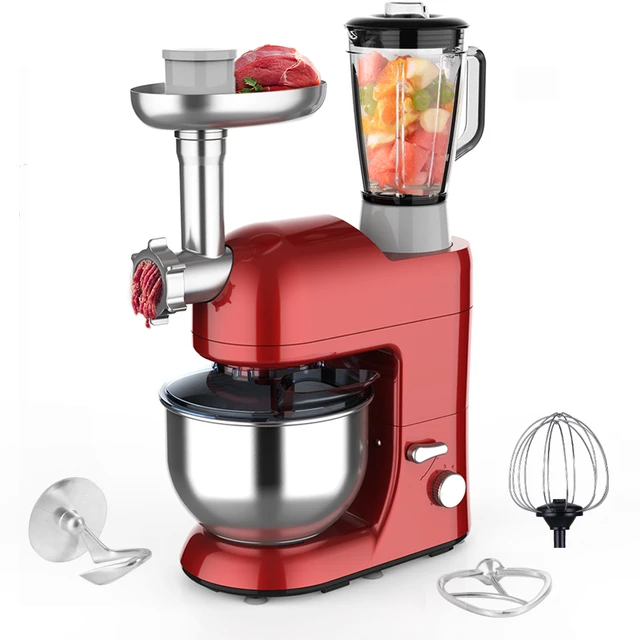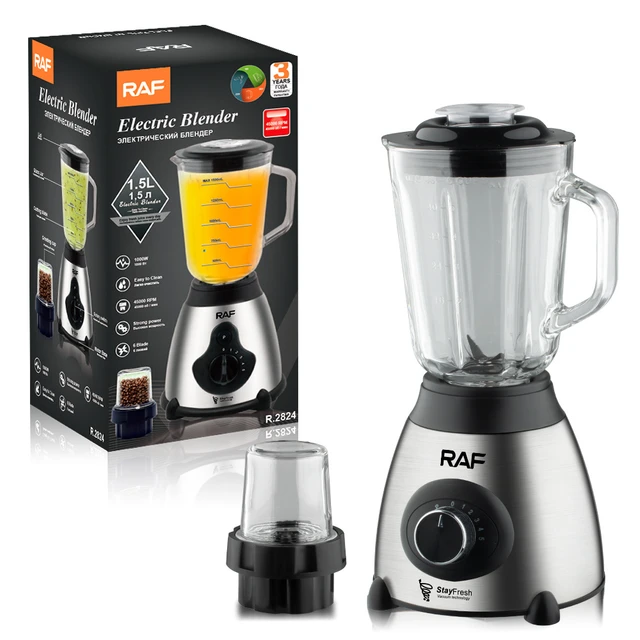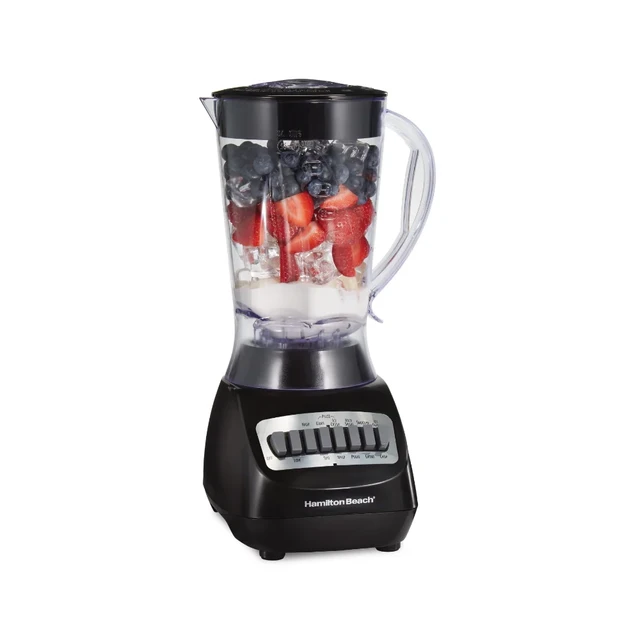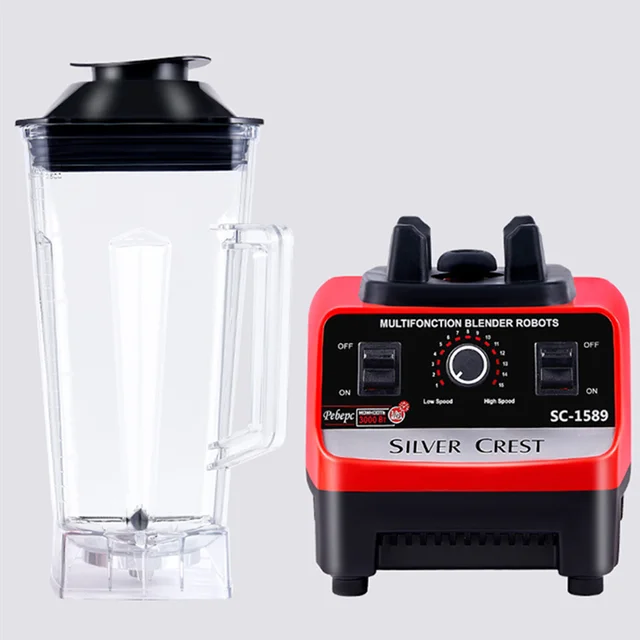
Introduction
Thickened cream has a variety of uses in cooking and baking, adding richness and texture to dishes. If you find yourself with a runny or thin cream, using a blender can be an effective method to thicken it. In this guide, we will explore different techniques for thickening cream using a blender. From chilling the cream beforehand to incorporating stabilizers, we will provide specific instructions and tips to help you achieve the desired consistency and texture in your cream.

How do you thicken cream in a blender?
Chilling the Cream
1.1. Importance of Chilling
Chilling the cream before blending is essential for achieving a thicker consistency. Cold cream is more stable, allowing it to emulsify and hold its shape better during the blending process.
1.2. Preparing the Cream
Start by placing the cream in the refrigerator for at least 1-2 hours, or until it is thoroughly chilled. Ensure that the cream is cold all the way through before proceeding with the blending process.
Gradual Blending
2.1. Blender Selection
Choose a blender that is capable of handling liquids and has adjustable speeds. A blender with a lower speed setting is preferable for gradually thickening the cream.
2.2. Blending Technique
Start blending the chilled cream at a low speed, allowing it to emulsify gradually. Slowly increase the speed as the cream thickens, ensuring that it reaches the desired consistency without over-blending.
2.3. Scraping Down the Sides
Periodically pause the blending process to scrape down the sides of the blender jar. This ensures that any cream that has stuck to the sides is incorporated into the mixture, resulting in a more consistent texture.

Incorporating Stabilizers
3.1. Stabilizer Options
Stabilizers help maintain the structure and texture of the cream, preventing it from separating or becoming runny. There are various stabilizer options to consider, including gelatin, cornstarch, or powdered sugar.
3.2. Gelatin
To incorporate gelatin as a stabilizer, bloom the gelatin in a small amount of water according to the package instructions. Once bloomed, gently heat the gelatin mixture until it becomes liquid. Gradually add the liquid gelatin to the cream while blending, ensuring thorough incorporation.
3.3. Cornstarch
To use cornstarch as a stabilizer, create a slurry by mixing cornstarch with a small amount of cold liquid, such as milk or water. Heat the mixture on the stovetop until it thickens, then allow it to cool. Gradually add the cooled cornstarch slurry to the cream while blending, ensuring even distribution.
3.4. Powdered Sugar
Incorporating powdered sugar is another option for stabilizing cream. Gradually add powdered sugar to the cream while blending, adjusting the amount to reach the desired level of sweetness and thickness.
Incorporating Cream Cheese
4.1. Cream Cheese Option
Adding cream cheese to the cream can help thicken and stabilize it. The natural thickness and texture of cream cheese contribute to the overall consistency of the cream.
4.2. Softening Cream Cheese
Before blending, ensure that the cream cheese is soft and at room temperature. Let it sit out for some time or gently microwave it in short intervals until it reaches a soft and spreadable consistency.
4.3. Blending Technique
Blend the softened cream cheese with the chilled cream, gradually increasing the speed to achieve a smooth and well-incorporated mixture. Adjust the blending time to reach the desired thickness.

Tips and Considerations
5.1. Gradual Thickening
Thickening cream in a blender is a gradual process. It is important to be patient and avoid over-blending, as this can lead to an undesirable texture or even the separation of the cream.
5.2. Monitoring Consistency
Regularly check the consistency of the cream during the blending process. Pause and scrape down the sides of the blender jar to ensure even blending and to monitor the thickness of the cream.
5.3. Maintaining Cold Temperatures
To prevent the cream from warming up during blending, work quickly and efficiently. If necessary, pause the blending process and return the cream to the refrigerator for a few minutes to maintain its cold temperature.
5.4. Adjustments and Re-Blending
If the cream is not thick enough after the initial blending, make adjustments by adding more stabilizers, chilled cream cheese, or alternative thickeners. Blend again, gradually increasing the speed until the desired thickness is achieved.
Applications of Thickened Cream
6.1. Whipped Cream
Thickened cream serves as an excellent base for whipped cream. After achieving the desired thickness, continue blending until soft peaks form. Add sugar or flavorings if desired.
6.2. Dessert Toppings
Thickened cream can be used as a luscious topping for desserts such as pies, cakes, or parfaits. Spoon or pipe the thickened cream onto the dessert before serving to add a creamy and decadent touch.
6.3. Sauces and Soups
Thickened cream can enhance sauces and soups by adding richness and body. Incorporate the thickened cream into warm sauces or soups, stirring gently to ensure smooth integration.

Alternative Thickening Agents
8.1. Heavy Cream or Whipping Cream
If you don’t have access to stabilizers or cream cheese, simply blending chilled heavy cream or whipping cream can also result in a thicker consistency. The fat content in these creams lends itself to natural thickening when blended properly.
8.2. Instant Pudding Mix
Another option for thickening cream is to incorporate instant pudding mix. Choose a flavor that complements your dish and gradually add the mix to the chilled cream while blending. This method adds both thickness and flavor to your cream.
8.3. Fruit Purees or Coulis
For a fruity twist, incorporate fruit purees or coulis into the cream. Blend chilled cream with the desired fruit puree until well combined. The natural pectin in the fruit can help thicken the cream while imparting a delightful flavor.
Flavoring and Sweetening
9.1. Adding Flavor Extracts
To enhance the taste of the thickened cream, consider adding flavor extracts such as vanilla, almond, or mint. Gradually incorporate the desired extract into the cream while blending to achieve a well-balanced flavor.
9.2. Sweetening the Cream
If you prefer a sweetened cream, gradually add powdered sugar, honey, or maple syrup while blending. Adjust the amount based on your desired level of sweetness. Taste test as you go to ensure the sweetness is to your liking.

Conclusion
Thickening cream in a blender is a versatile and effective method for achieving the desired consistency and texture. Chilling the cream before blending, using adjustable speed settings, and gradually increasing the speed help ensure a smooth and thickened result. Incorporating stabilizers or cream cheese can further enhance the thickness and stability of the cream. It is important to monitor the blending process, scrape down the sides of the blender jar, and adjust as needed to achieve the desired thickness. Experiment with different applications for thickened cream, such as whipped cream or dessert toppings, to add richness and texture to your culinary creations. Enjoy the versatility and creativity that comes with thickened cream made in a blender.